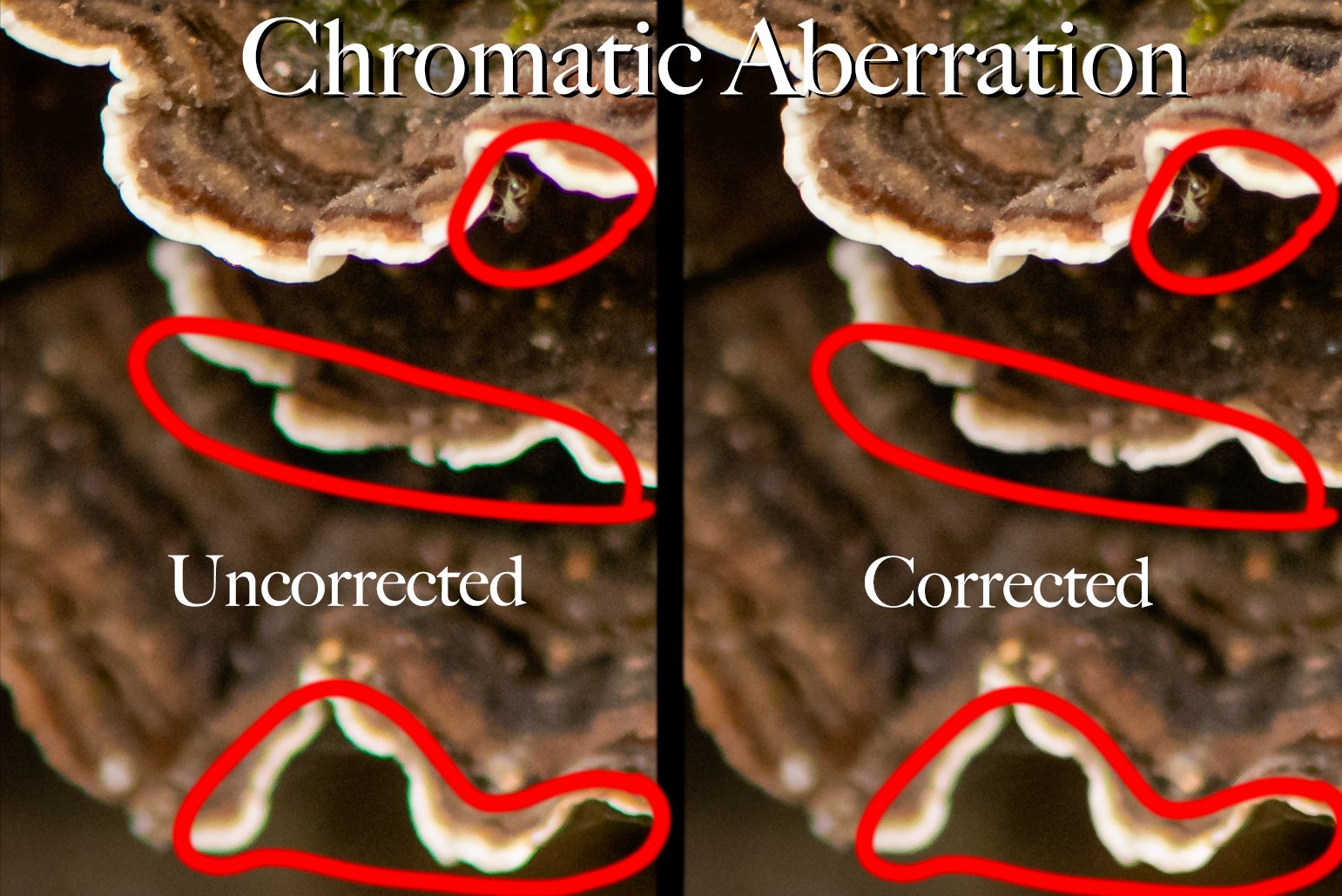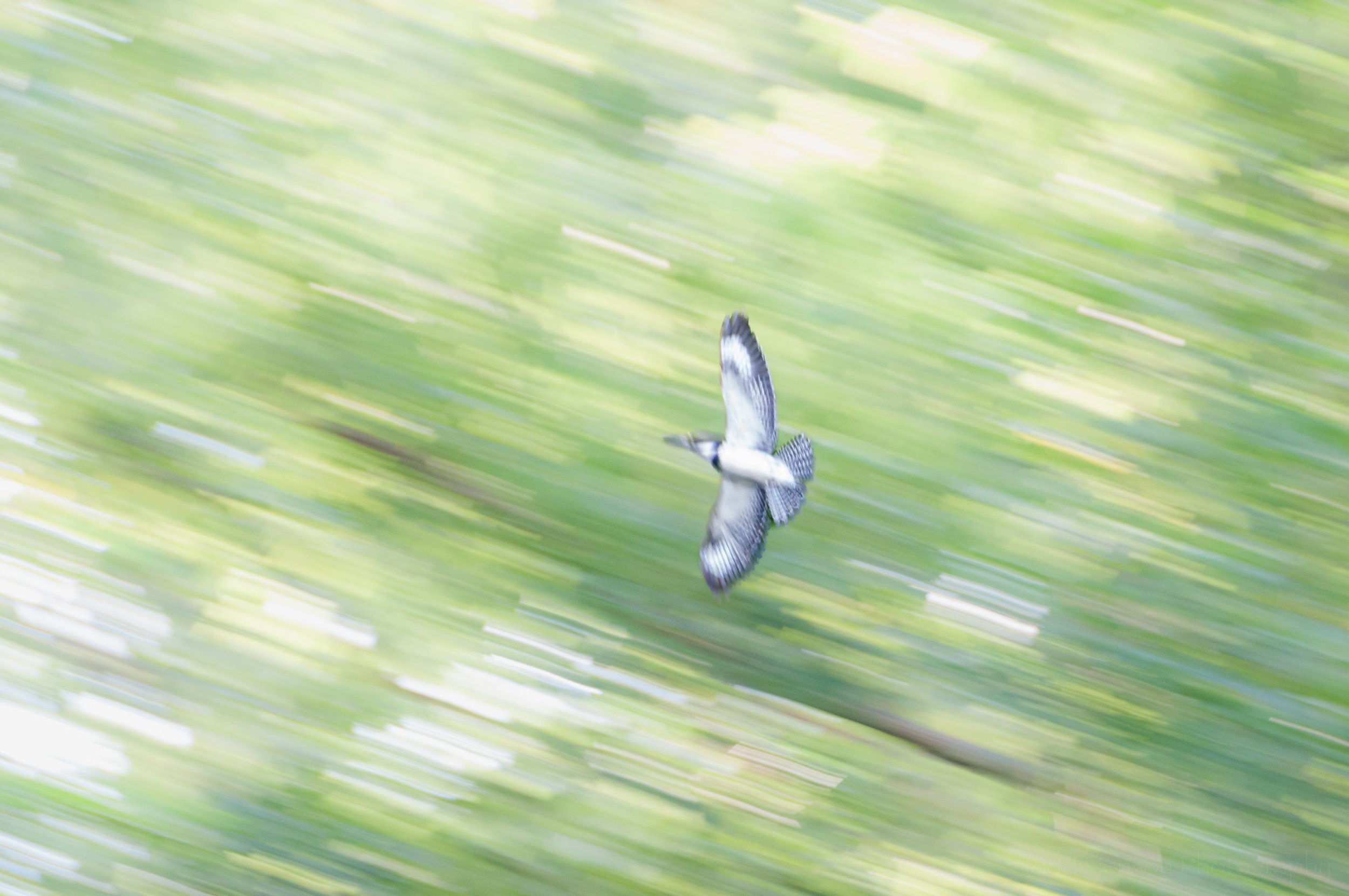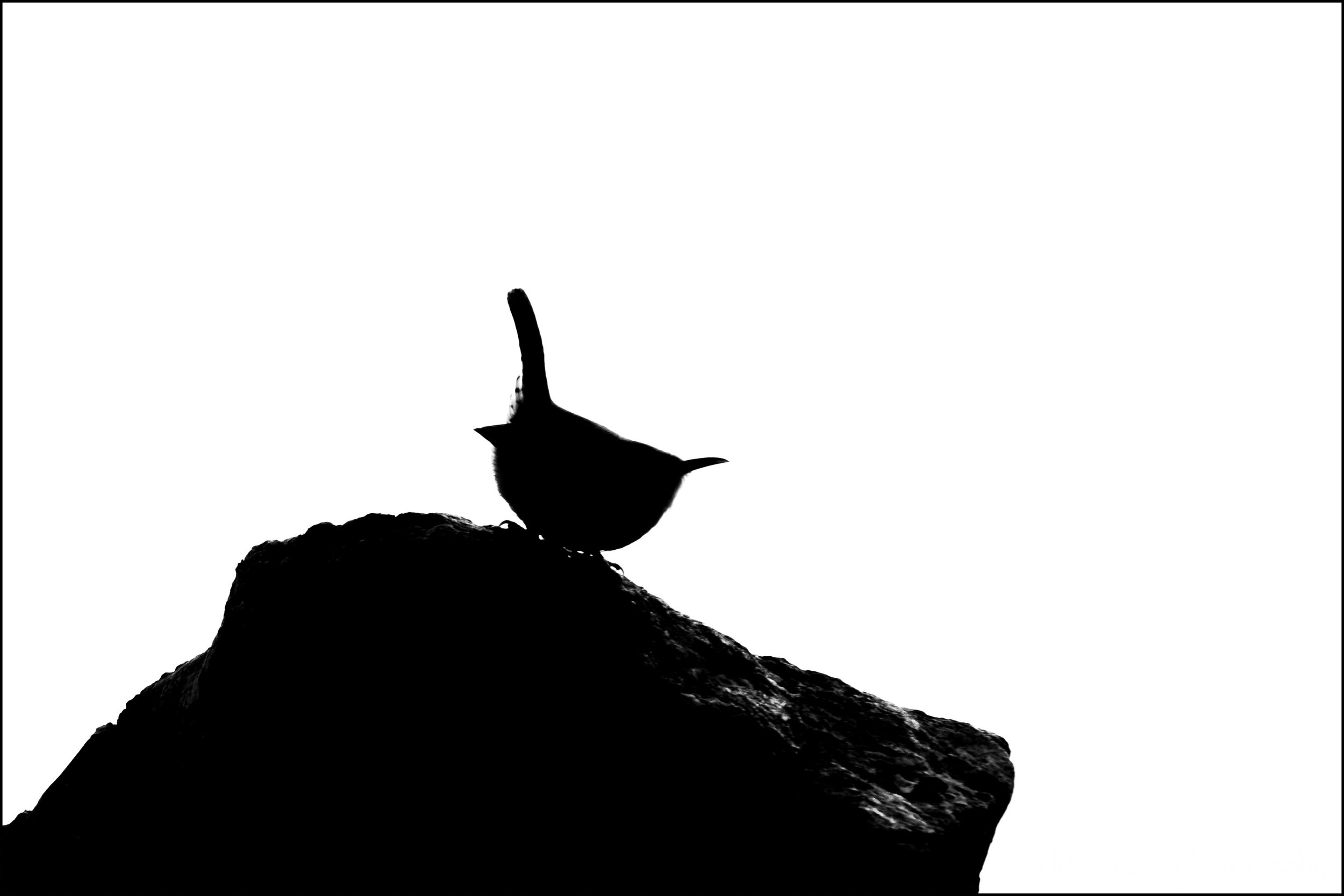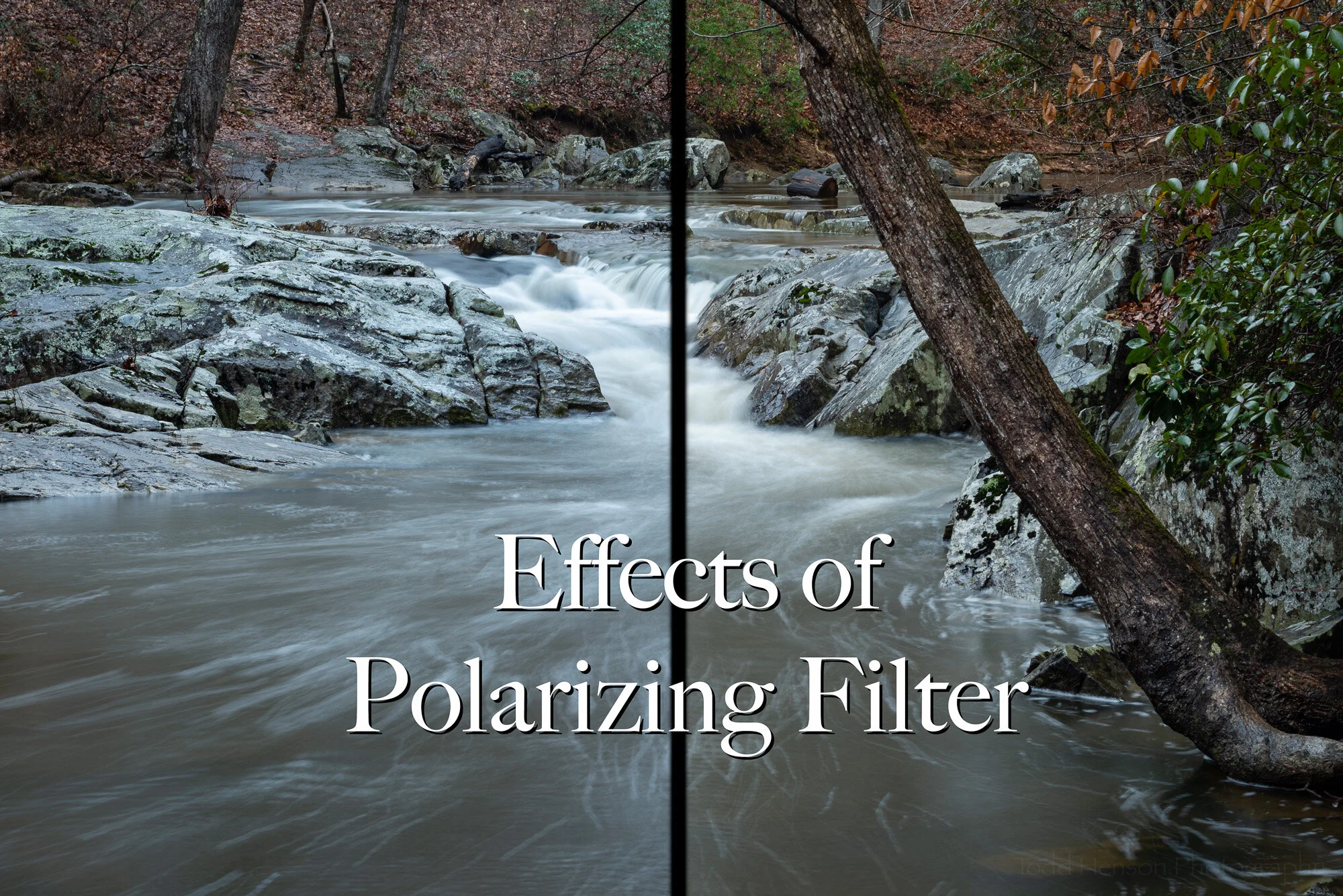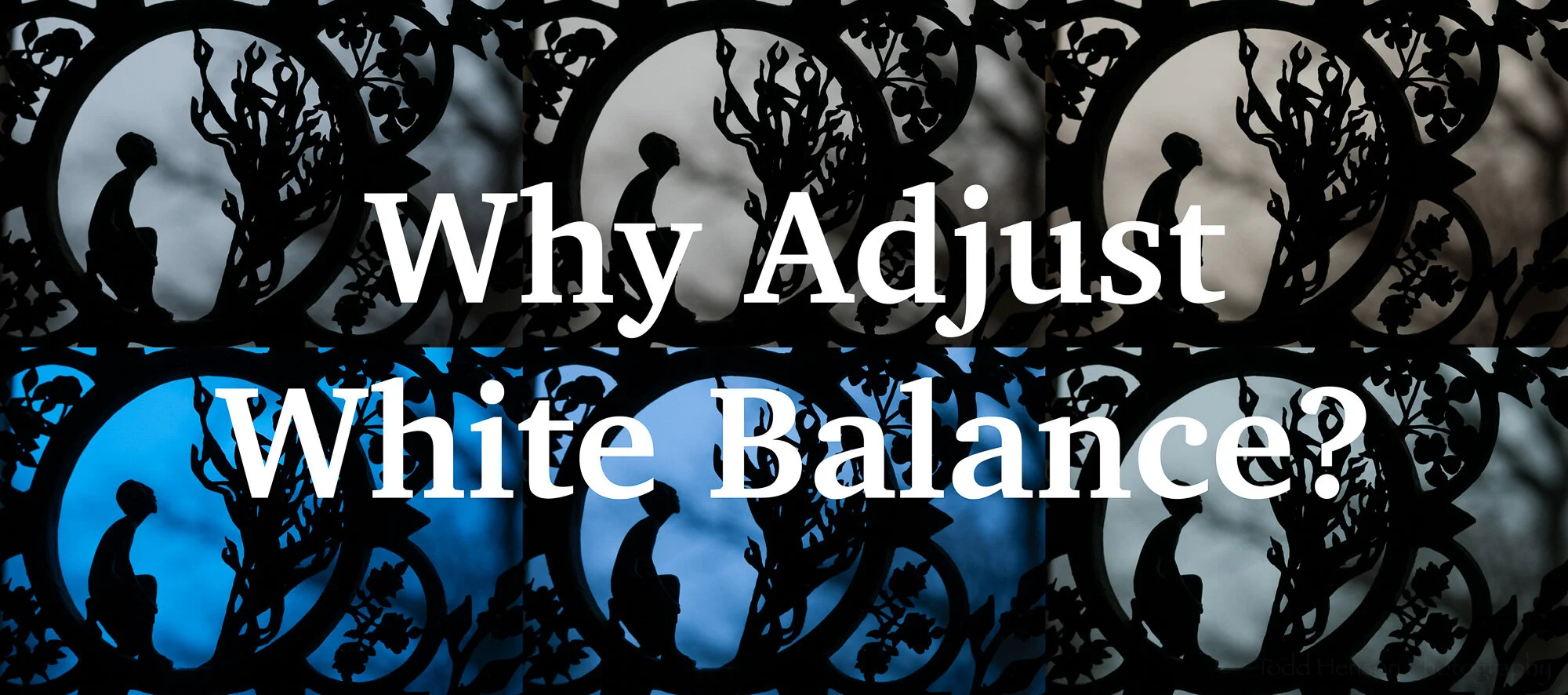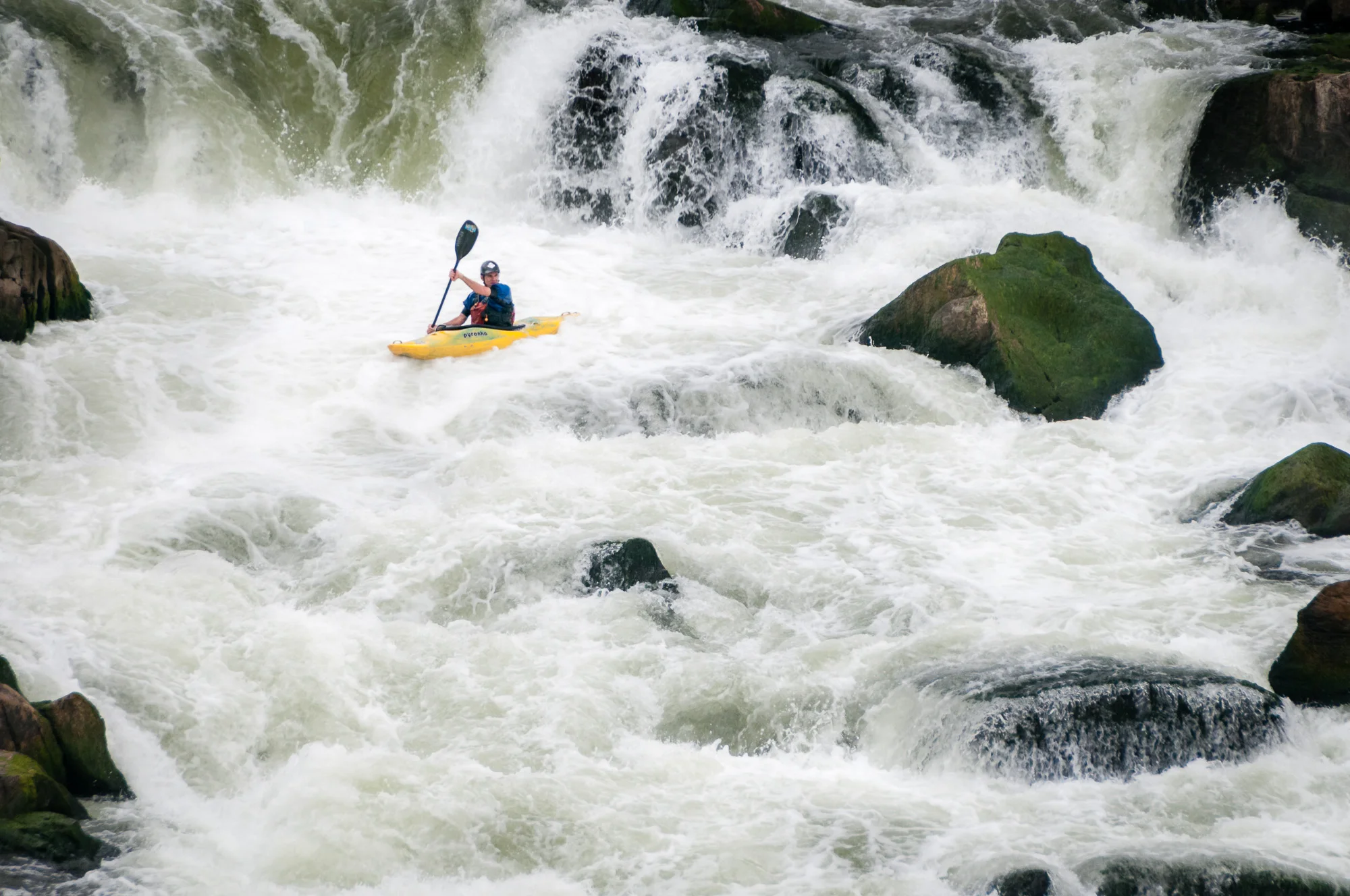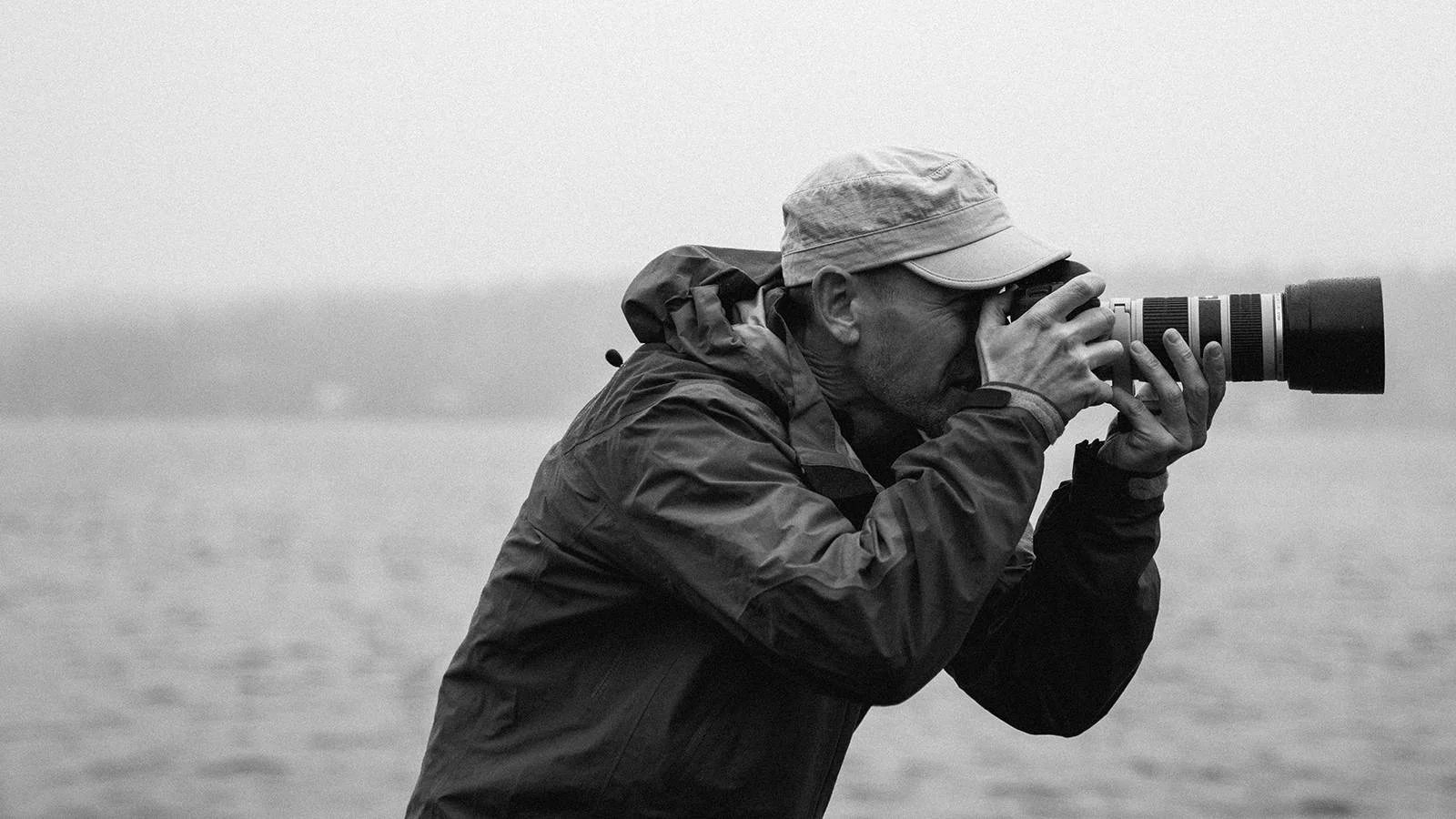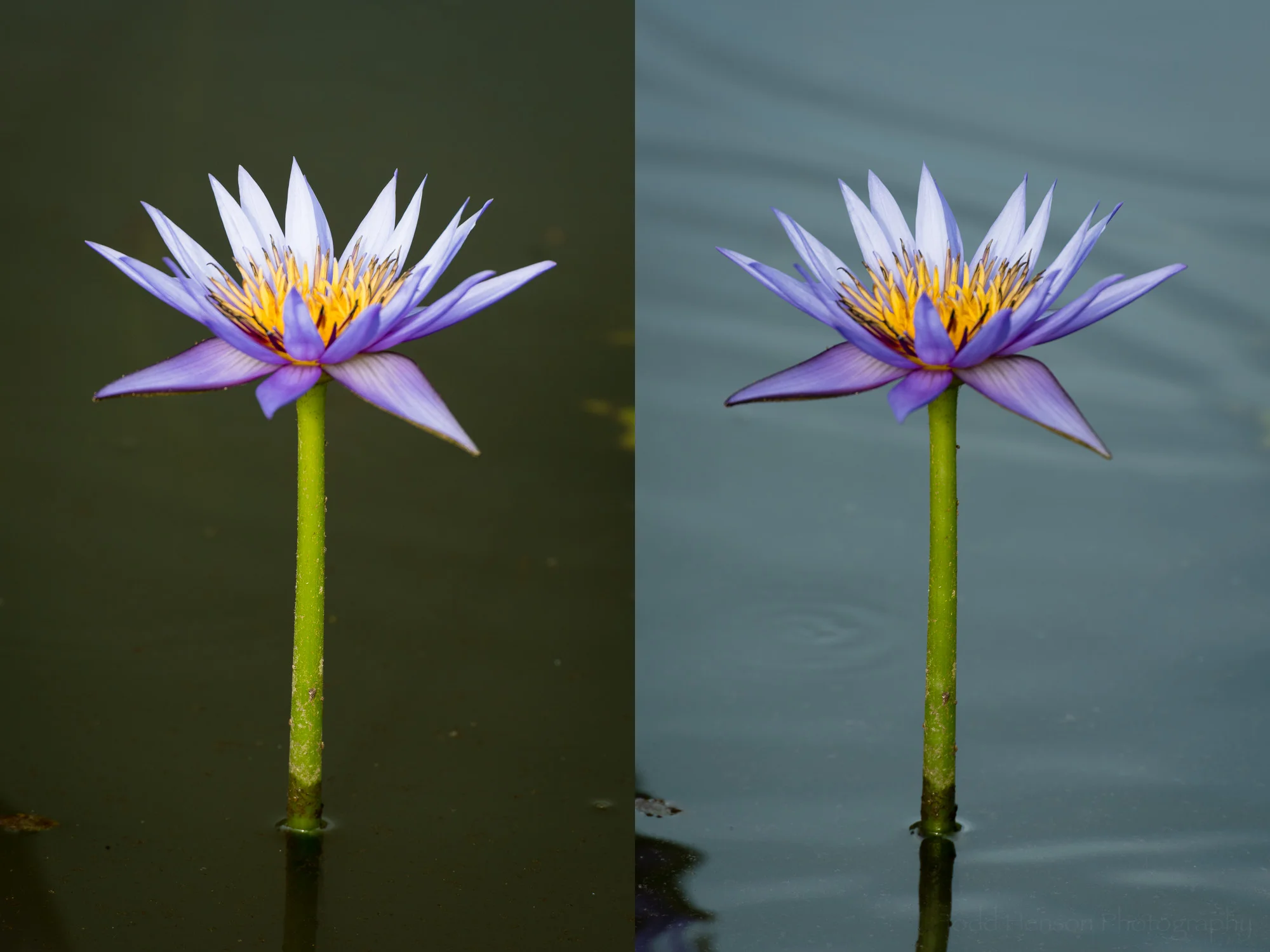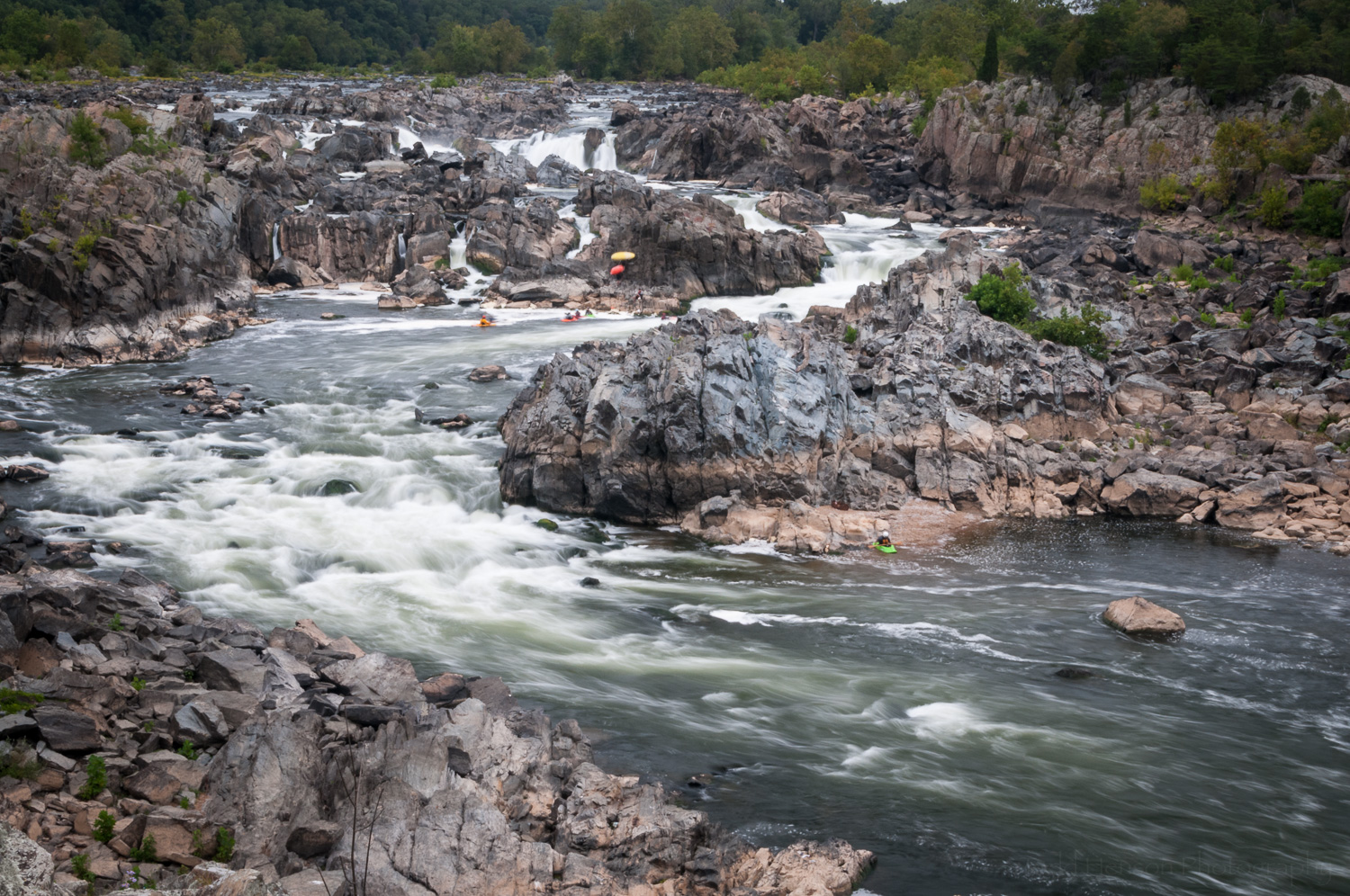Final stitched panorama showing 3 cruise ships docked at Bar Harbor, Maine, in stormy weather.
This post contains affiliate links and I will be compensated if you make a purchase after clicking on my links. This is at no extra cost to you.
The Story
Bar Harbor, Maine, is a popular tourist destination both by land and by sea. On one of the days my father and I spent in the area we saw three cruise ships docked at Bar Harbor. The day had been very drizzly, with clouds at low elevations, low enough they completely engulfed Cadillac Mountain. An overlook on one of the park roads offered a great view of all three cruise ships with parts of Bar Harbor peeking through the tops of the trees. Various islands could be seen further out and the clouds completely filled the sky.
It was a beautiful scene, and I wanted to capture as much of it as possible. The first images I created were with a wide angle lens, trying to get everything in. But then I had the idea to create a multi-image stitched panorama to capture more detail. Rain was moving back in, the winds were picking up, and fog was quickly coming in from the left, so I had to work quickly. I setup the tripod and fired off the shots. In the end I had 13 images to work with. I would later use Lightroom to stitch these together into the final panoramic image.
The final image has been scaled down in size to allow it to load quickly on the website, so it’s hard to appreciate the detail within it. Below, I’ve split the image into three to make it easier to see some of the details. I did have to crop in a little from the full image to split it into three without cutting into the middle cruise ship. Click on each of the three images to see a larger version of each.
The Technique
I set up my tripod, put the 70-200mm lens on my camera and positioned it vertically, set the focal length to 78 mm, and put everything into manual mode. This included setting the white balance (not in auto mode), setting the aperture, shutter speed, ISO, everything. This is done to assure the camera doesn’t change anything that will affect exposure from one image to the next. If the exposure changes between images then we won’t be able to cleanly merge them in software.
My tripod has a bubble level on the collar, where the tripod head mounts. I made sure that was level. This assured the base of the tripod was level and would help me create a level and even panorama. I also put a double axis bubble level on the camera's hot shoe. I used this to assure the camera was level. I was using a ball head, so it would be easy for the camera to not be level even though the base of the tripod was. I tightened the ball head, but loosened the panning base to allow me to rotate the camera left and right, keeping it level. Once I had everything level it was time to shoot.
One of the many tips I’ve picked up from others is to start and end a sequence of images that will all be used together, either for panoramas or HDR, with a photo of my hand. This way I know where the sequence starts and where it ends, making it much easier to pick out the images in Lightroom. I also try to shoot more than I think I’ll need to give me plenty of room to crop if needed, something that is almost always necessary with stitched panoramas.
I started from the left side and created the first image in the sequence. Then I panned the tripod head to the right. I made sure to have plenty of overlap between the first and second images to give the software enough information to line up the images correctly. I continued this process, creating an image, then panning between 1/3 to 2/3 of an image to the right, then creating the next image. In the end I used 13 of the images to stitch the final panorama. This created an image close to 80 megapixels in size using a 12.3 megapixel camera.
The Post-Processing
Post-processing the 13 raw images into the final panorama was actually very easy. In the past Lightroom needed to export the images to Photoshop to merge them. But the process is much simpler now that Lightroom has the ability to merge panoramas itself. You can still use Photoshop for more complicated or troublesome panoramas.
Step 1: Select All The Images
Step 1: Select all the images
The first step is selecting all the images in Lightroom that will be part of the panorama. This step shows nicely how I overlapped each photo, creating plenty of duplicate content that Lightroom used to properly stitch them all together.
Step 2: Click Photo Merge, Then Panorama
Step 2: Click Photo Merge, then Panorama
After all the images are selected, right click, then click on Photo Merge and select Panorama.
Step 3: Panorama Merge Preview
Step 3: Panorama Merge Preview
A window titled Panorama Merge Preview will pop up. It may take Lightroom a little time to create a preview of the panorama, depending on how many images you have and how large they are. You can see on the right of the window Auto Select Projection is checked, as is Auto Crop.
Step 4: Projections and Cropping
Step 4: Projections and Cropping
Once the preview is created you can try manually switching between the different projections to see if one does a better job than another, but in most cases Lightroom should be able to choose the best one automatically. You can also try checking and unchecking the Auto Crop box to see how well the images were stitched together.
Step 5: Click Merge
Step 5: Click Merge
I unchecked the Auto Crop box so you can see the difference. There isn’t much difference in this case, which is great. It means I did a good job of creating images with little distortion and I kept everything very level. You can see a little on the lower right and the upper left that gets cropped. If you prefer, you can use the Boundary Warp slider to warp the image to fill it all in, instead of cropping, but doing so does distort parts of the image. In some cases you won’t notice the difference, but in others the warp might be too obvious and distracting. In this case everything lined up so well I used the Auto Crop box. Click the Merge button when you’re ready for Lightroom to merge the images.
Step 6: Lightroom Creates The Panorama
Step 6: Lightroom creates the panorama
The pop up will disappear and you’ll be back in the normal Lightroom interface, but notice in the upper left corner the status bar showing it is creating the panorama.
Step 7: The Raw Stitched Panorama
Step 7: The raw stitched panorama
When Lightroom is finished it will display the final stitched panorama. Now all you need to do is apply any desired raw adjustments.
Step 8: The Final Adjustments in Lightroom
Step 8: The final adjustments in Lightroom
Here you can see my final image, after I finished adjusting the raw panorama.
The Resources
The resources below contain affiliate links and I will be compensated if you make a purchase after clicking on my links. This is at no extra cost to you.
I’ve learned how to shoot and edit panoramas from a number of sources. Some of the best are CreativeLive classes I’ve purchased over the years. CreativeLive is a company that produces fantastic online video classes on a large range of topics. One of the first topics they began teaching was photography. They bring in amazing photographers and teachers and have them teach classes live. During the live broadcast they stream the class, for free, over the Internet. If you enjoy the class you can purchase it, giving you the ability to stream it again anytime you want. When you purchase you also get access to HD-quality videos you can download and watch at your leisure. And many classes have extras available when you purchase.
Below are the CreativeLive classes I’ve purchased that are about, or have sections about, creating panoramas.
Photographing Panoramas for Large Prints with Mike Hagen
In this 1-day class from 2016 Mike discusses everything about panoramas. He talks about how to create them in the field, how to setup your gear, what settings to use on the camera, how to shoot the images that will be stitched together later in software. Then he goes into how to process the images in software. He shows how to merge the images into a panorama in Lightroom, and also shows how it is done in Photoshop using the Merge to Panorama in Photoshop option. Finally he talks about how to print the panoramas on a large format printer. He shows how to print from both Lightroom and Photoshop, and he goes into both how to print the images on your own printer and best practices when sending the images out to a lab to be printed. This is a really excellent class if you’re interested in panorama photography.
Creative Wow: Panorama Photography with Jack Davis
This is a 1-day class from 2014 dedicated solely to panorama photography. Jack Davis is a great instructor and talented photographer. This class is part of a series he did called Creative Wow, where each 1-day class covered a single topic. Great series, I own them all. Jack goes into many aspects of panoramas, such as what makes them so great, how to create them, how to setup the camera, examples of using an iPhone for panoramas, and lots of post processing techniques in Photoshop.
Post-Processing for Outdoor and Travel Photography with Ben Willmore
In this 3-day class Ben teaches post-processing techniques in Lightroom and Photoshop for outdoor and travel photography. The majority of the class uses Lightroom, and it focuses on outdoor and travel. The class is from 2014, which is before Lightroom had the ability to merge panos, so the merging is done in Photoshop. The pano sections are very similar to those in Ben’s Photoshop for Photographers classes. This is not the class for you if all you want is panorama techniques, but it's great if you want to know lots of other techniques related to outdoor and travel photography.
Landscape Photography with Marc Muench
This 2-day class has a short section on stitching panoramas. The class is from 2014, which is before Lightroom had the ability to merge panoramas itself, so Marc used the feature in Lightroom that sends the images to Photoshop, which automatically stitches the images for Lightroom. He then discusses a little about what he does in Photoshop before saving the file back to Lightroom for final processing. I would not recommend this class if your only interest is panoramas, but I would recommend the class for all things Landscape. Marc Muench is a name you should know if you’re interested in nature landscape photography.
Innovative Techniques for Outdoor Photography with George Lepp
In this 1-day class from 2015, George Lepp talks about a large number of techniques he uses to create his images. One of the techniques is panoramas, and he talks about various types of panos. As with others, this is not a class to purchase strictly for the pano section, but like Marc Muench, George Lepp is a name you should know if you’re into nature and outdoor photography. I enjoyed getting George’s perspectives and insights on all the techniques he covers, which include things like photographing birds, mammals, macro, snowflakes, landscapes, lightning, panos, HDR, time-lapse, video, and more.
Photoshop for Photographers: The Essentials with Ben Willmore
This is a 3-day class from 2014 that covers the basics of Photoshop. It’s essentially a class to get you started and give you skills you need to perform basic Photoshop work. Of course, in 3 days you do get more than just simple basics. On the second day Ben covers a number of techniques, such as black and white, focus bracketing, and panoramas, as well as others. The panorama section is just under 30 minutes and covers the basics of stitching a pano in Photoshop. This is not the class if your only interest is panoramas, but it’s a great class if you’re looking for an in-depth intro to all things Photoshop.
Photoshop for Photographers: Beyond the Basics with Ben Willmore
This 3-day class is a continuation to Ben’s Photoshop for Photographers: The Essentials. In this class he covers more advanced techniques. On the first day he had 2 sessions covering difficult panoramas. These include creating an HDR panorama, and handling panos that don’t stitch cleanly using the automated Photoshop tools. He also goes into ways to adjust and correct perspectives in panoramic images. As with the other Photoshop for Photographers class, this isn’t for you if your only interest is panoramas, but if you have the first class and want to continue learning, or if you already know the basics and want to begin learning more advanced techniques, then this may be an excellent class for you.
Do you enjoy these posts?
Sign up to receive periodic emails with updates and thoughts. Don’t worry, I won’t spam you. And please consider purchasing artwork or products from my online store, and using my affiliate links in the sidebar to the right when shopping online.
I appreciate your support!





















